Fast food chains thrive on innovation, always looking for the next big thing to keep customers intrigued and coming back for more. From bold flavor experiments to outrageous mashups, these companies are no strangers to pushing culinary boundaries. But for every McRib or Doritos Locos Taco that becomes a fan favorite, there’s a long list of misfires—those quirky or downright questionable menu items that seemed like a good idea in the boardroom but flopped hard in the real world. Whether the issue was strange flavor combinations, poor execution, or just a total misread of consumer tastes, some fast food inventions were doomed the moment they hit the menu.
These infamous flops are more than just humorous footnotes in fast food history—they’re case studies in branding missteps, supply chain nightmares, and what happens when creativity overshadows common sense. Some items had intriguing concepts but failed to deliver on taste or consistency. Others were ahead of their time—or just way off base. Still, they serve as reminders that not every limited-time offer is destined for greatness. In this roundup, we revisit some of the most memorable fast food failures that quickly vanished from menus, leaving behind puzzled customers and cautionary tales for the industry.
1. A&W Third Pound Burger
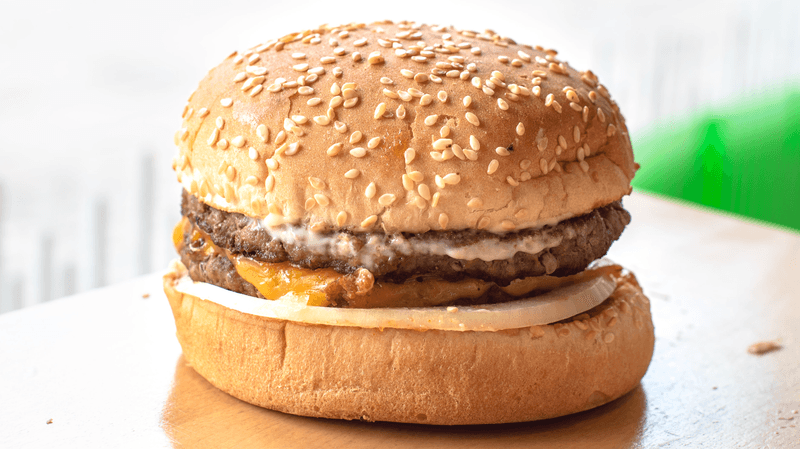
Mathematics proved to be A&W’s biggest enemy when they launched this burger in the 1980s. Despite offering more meat than McDonald’s Quarter Pounder at a lower price, customers stayed away in droves.
Focus groups revealed a shocking truth: many Americans believed one-third was smaller than one-quarter because three is less than four. This mathematical misunderstanding doomed what should have been a winning product.
The burger itself was actually quite good, featuring fresh ingredients and quality beef. However, poor consumer education about fractions made this value proposition completely backfire, proving that sometimes great products fail due to unexpected reasons.
2. Taco Bell Bell Beefer
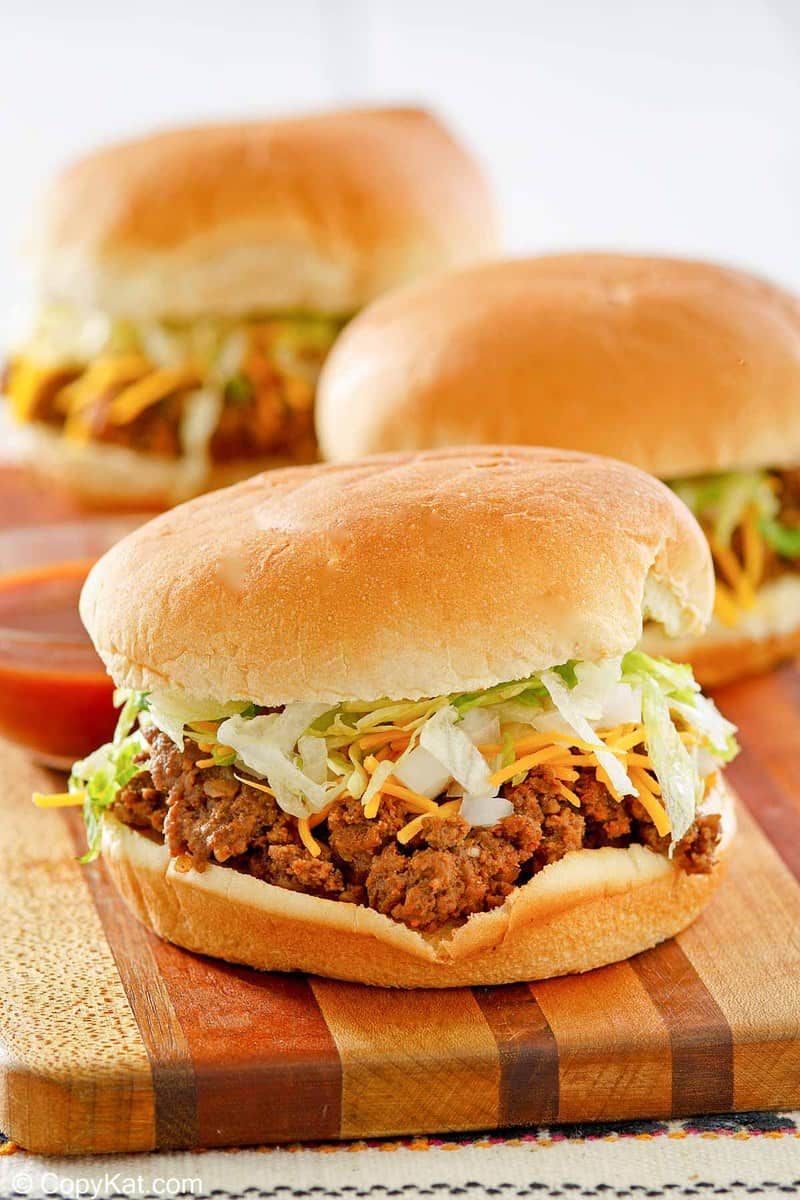
Imagine a taco that forgot how to be a taco. The Bell Beefer took all the familiar Mexican-inspired ingredients customers loved and stuffed them into a regular hamburger bun instead.
This bizarre creation confused everyone who encountered it. Regular burger lovers found the seasoned ground beef and taco toppings strange, while Taco Bell fans wondered why their favorite items were trapped in bread.
The concept lasted from 1975 to 1993, showing remarkable persistence despite lukewarm reception. Eventually, Taco Bell realized customers came there for authentic Mexican-style food, not weird hybrid sandwiches that satisfied nobody’s cravings completely.
3. Pizza Hut Priazzo
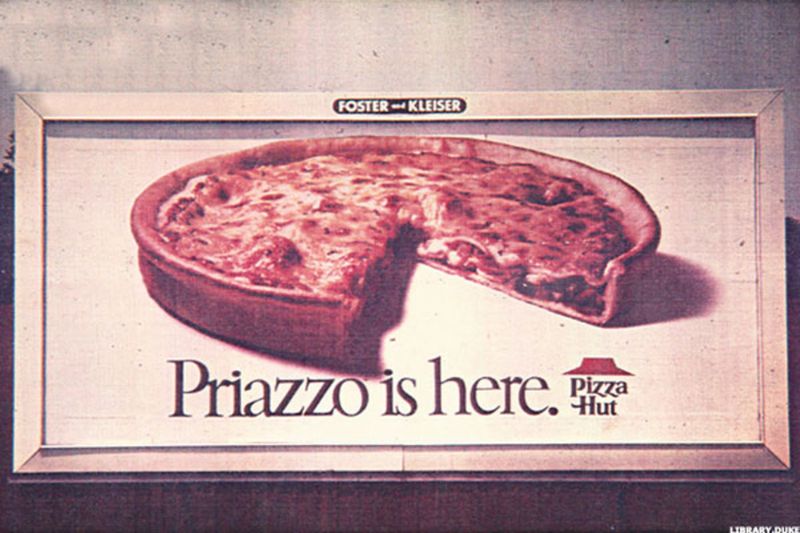
Pizza Hut’s attempt to create an upscale dining experience resulted in this deep-dish monstrosity that took 40 minutes to prepare. The Priazzo promised restaurant-quality pizza with multiple layers of cheese, sauce, and toppings.
Unfortunately, fast food customers aren’t known for their patience. Waiting nearly an hour for pizza defeated the entire purpose of quick service dining that Pizza Hut was famous for providing.
The final product was admittedly delicious, resembling Chicago-style deep dish more than traditional pizza. However, the lengthy preparation time and higher price point alienated customers who expected fast, affordable meals from their neighborhood Pizza Hut location.
4. Burger King Enormous Omelet Sandwich
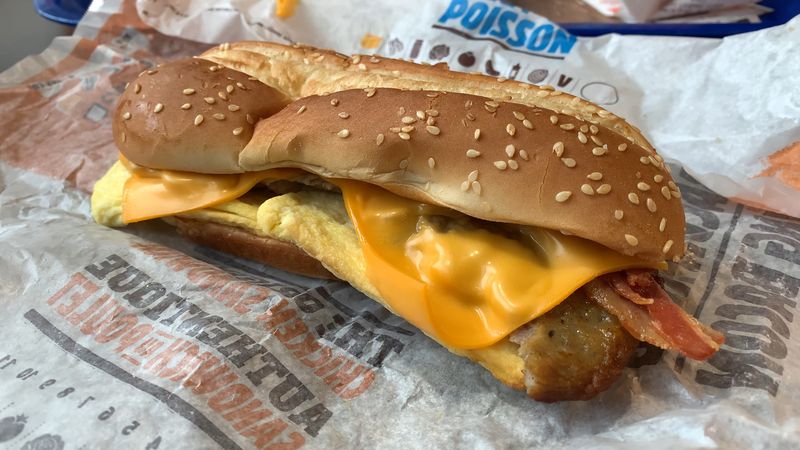
Breakfast warfare reached new heights when Burger King launched this caloric bomb containing over 730 calories and 47 grams of fat. The sandwich featured a massive omelet with cheese, plus your choice of bacon or sausage.
Health-conscious consumers were horrified by the nutritional information, while others found the portion size overwhelming even by American standards. The timing coincided with growing awareness about obesity and healthy eating habits.
Despite aggressive marketing campaigns, the sandwich disappeared quickly from menus nationwide. Burger King learned that bigger isn’t always better, especially when customers increasingly demand lighter, healthier breakfast options that don’t require elastic waistbands afterward.
5. Sonic Pickle-O’s
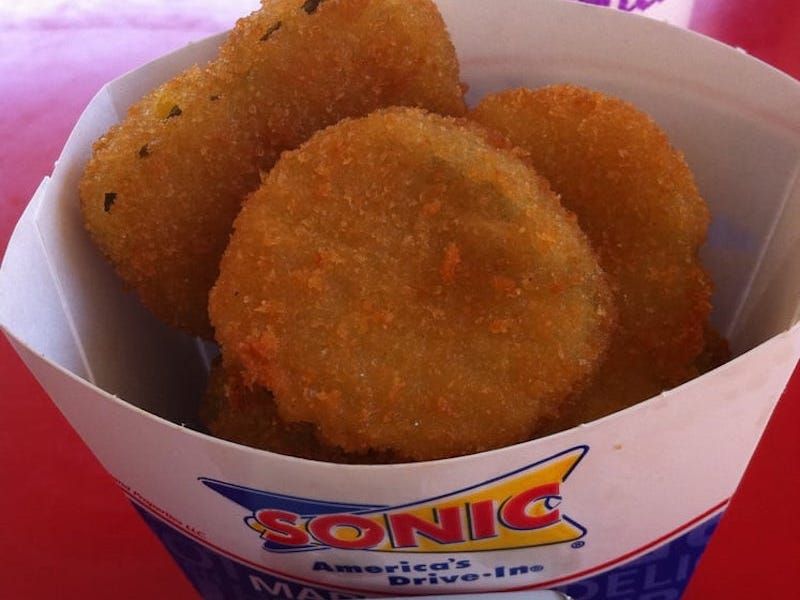
Fried pickles might sound appealing to adventurous eaters, but Sonic’s execution left much to be desired. These battered and deep-fried pickle rings were supposed to offer a tangy, crunchy snack alternative.
The biggest problem was texture – the pickles became soggy inside their crispy coating, creating an unpleasant contrast. Many customers found the combination of hot oil and cold pickle juice particularly off-putting.
Regional tastes also played a role in this failure. While fried pickles are popular in certain Southern states, they never gained widespread acceptance nationally. Sonic eventually realized that some regional specialties should stay regional rather than being forced on unwilling markets across America.
6. McDonald’s McHotDog
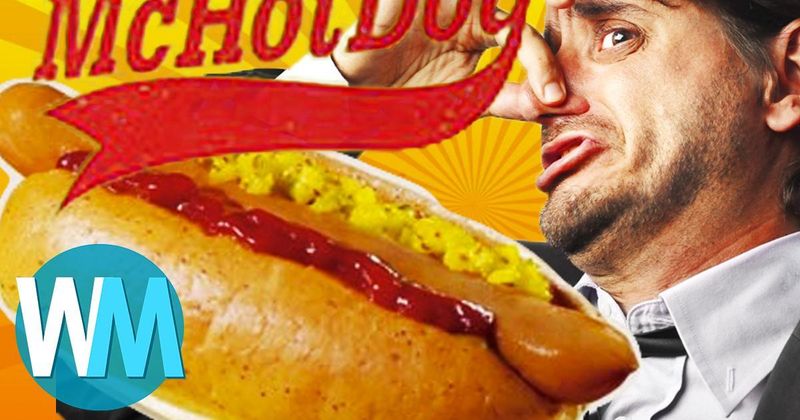
Ray Kroc famously declared that McDonald’s would never sell hot dogs because you never know what’s in them. After his death, the company briefly ignored his wisdom and tested McHotDogs in select markets.
The experiment failed miserably for multiple reasons. Customers associated McDonald’s with hamburgers and couldn’t accept hot dogs from the Golden Arches. Additionally, the dogs required different cooking equipment and preparation methods.
Food safety concerns also plagued the product, as hot dogs need careful temperature control to prevent bacterial growth. McDonald’s quickly realized that Kroc’s original instincts were correct – some food items simply don’t belong on certain menus, regardless of potential profits.
7. Jack in the Box Frings
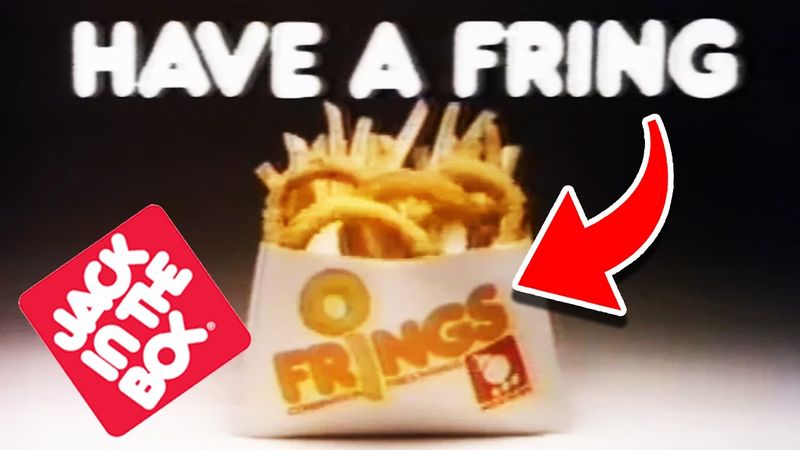
Why choose between french fries and onion rings when you can have both? Jack in the Box thought they had solved a classic dilemma with Frings – half fries, half onion rings in one container.
The concept seemed logical, but execution proved problematic. The different cooking times and oil absorption rates meant one side was always overcooked or undercooked. Cross-contamination of flavors also created an unpleasant taste experience.
Customers found the portion sizes unsatisfying since they received less of each item than if they had ordered separately. The novelty wore off quickly when people realized they preferred full orders of their favorite side dish rather than compromise portions of both options.
8. Wendy’s Frescata
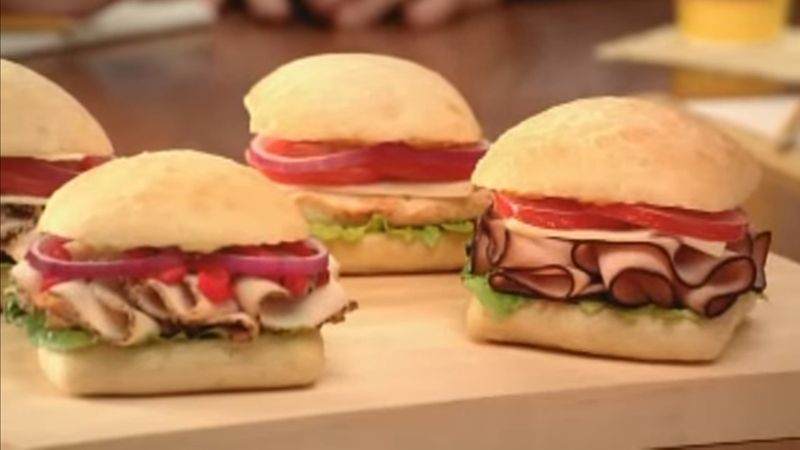
Wendy’s tried to compete with Subway and Panera by launching these upscale deli sandwiches on artisan bread. The Frescata line featured premium ingredients like roasted turkey, ham, and fancy cheeses on focaccia-style bread.
Unfortunately, Wendy’s customers weren’t looking for sophisticated sandwich experiences. They wanted the familiar comfort of square hamburger patties and Frosties, not complicated European-inspired lunch options that felt out of place.
The higher price point also alienated budget-conscious consumers who expected value meals from Wendy’s. Training staff to prepare these complex sandwiches properly proved challenging, leading to inconsistent quality that further damaged the product’s reputation and customer satisfaction.
9. KFC Double Down Sandwich
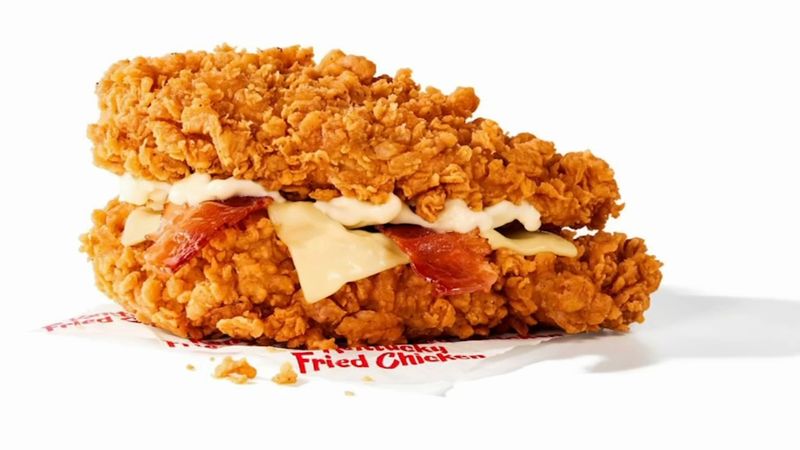
Carb-conscious dieters rejoiced when KFC replaced traditional buns with two pieces of fried chicken. The Double Down featured bacon, cheese, and sauce sandwiched between chicken breasts instead of bread.
Media attention was enormous, with health experts condemning the 540-calorie creation while curious customers lined up to try it. The novelty factor drove initial sales, but the excitement faded quickly after the first bite.
Most people found the sandwich too rich and greasy to finish. Without bread to absorb some of the oil and provide textural contrast, eating became an uncomfortable experience. The Double Down proved that sometimes removing ingredients makes a product worse, not better.
10. Long John Silver’s Big Catch Meal
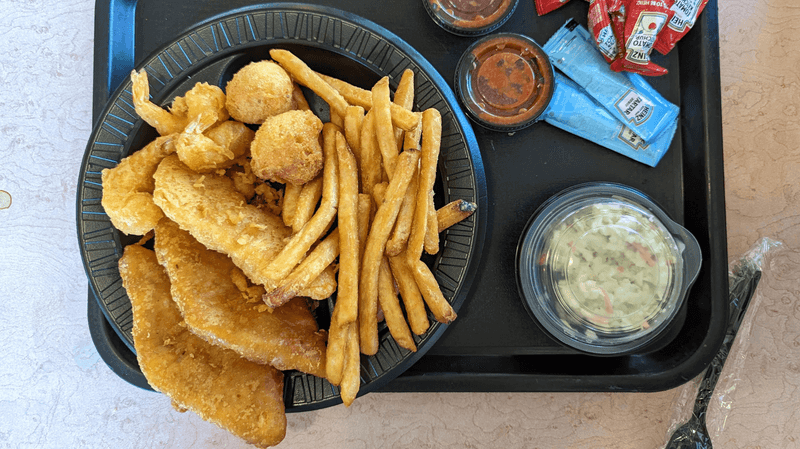
Supersizing reached the seafood industry when Long John Silver’s introduced this enormous meal featuring multiple pieces of battered fish, sides, and drinks. The portions were designed to satisfy the hungriest customers.
However, fried seafood doesn’t scale up as successfully as hamburgers or chicken. The excessive amount of breading and oil made the meal feel overwhelming rather than satisfying. Many customers couldn’t finish their orders.
The high price point also deterred budget-conscious diners who typically chose Long John Silver’s for affordable fish options. The restaurant learned that seafood lovers prefer quality over quantity, and that bigger portions don’t automatically translate to better value or customer satisfaction.
11. Dairy Queen Breeze
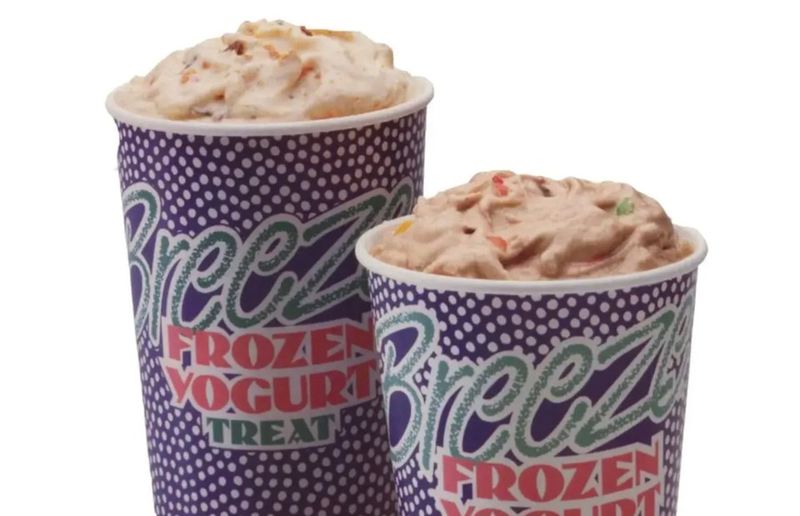
Health-conscious consumers in the 1990s demanded lighter alternatives to traditional ice cream treats. Dairy Queen responded with the Breeze, a frozen yogurt version of their famous Blizzard that featured fruit instead of candy mix-ins.
The problem was simple: people visiting Dairy Queen wanted indulgent treats, not healthy substitutes. Customers who craved guilt-free desserts usually went to dedicated frozen yogurt shops instead of ice cream parlors.
The frozen yogurt texture also couldn’t match the creamy richness that made Blizzards so popular. Fruit toppings felt out of place compared to beloved candy pieces. Dairy Queen quickly realized their customers preferred occasional indulgence over healthier alternatives that compromised on taste and satisfaction.
12. McDonald’s Hula Burger
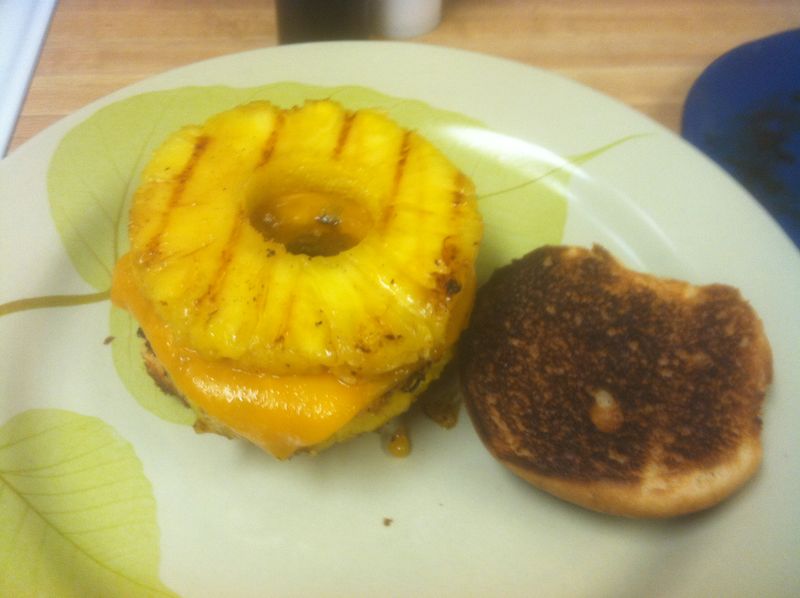
Before the Big Mac conquered the world, McDonald’s tested this vegetarian option featuring a slice of grilled pineapple and cheese on a bun. Ray Kroc created it specifically for Catholic customers during Lent when meat consumption was restricted.
The concept seemed thoughtful, but execution was problematic. A single pineapple slice couldn’t provide the substance that hungry customers expected from a burger. The sweetness also clashed with traditional burger expectations and condiments.
Fortunately for McDonald’s, they simultaneously tested the Filet-O-Fish, which became the permanent Lent solution. The Hula Burger’s failure taught valuable lessons about understanding target audiences and providing adequate substance in menu items, even when catering to dietary restrictions.
13. Burger King Halloween Whopper
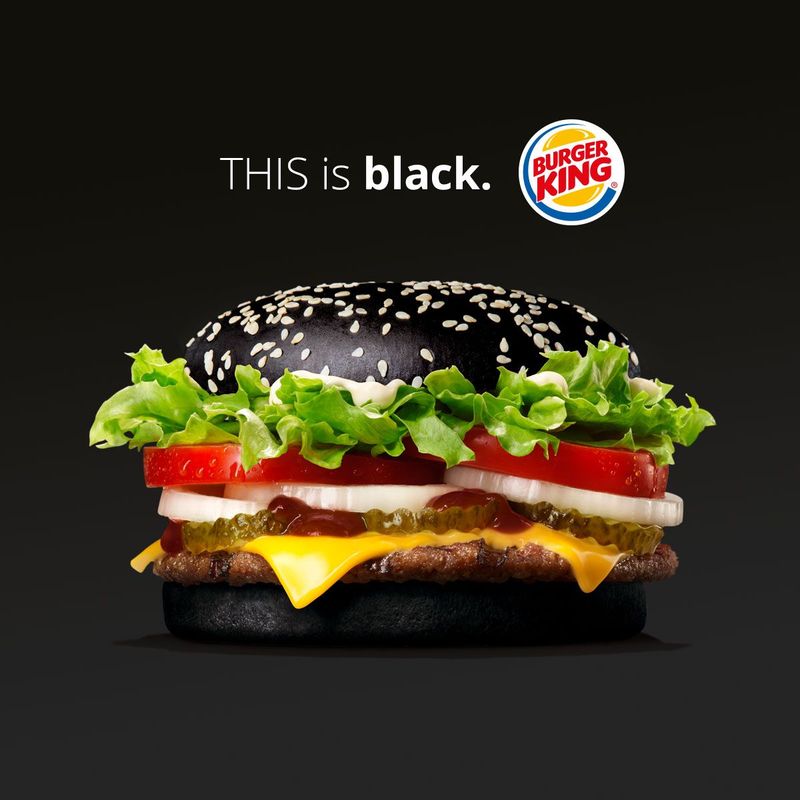
October 2015 brought this spooky creation featuring a jet-black bun that was supposed to celebrate Halloween. The dark color came from A.1. sauce baked into the bread, creating an undeniably dramatic visual effect.
While the burger looked impressive in photos, customers were unprepared for the unexpected side effect. The artificial coloring caused some people’s digestive systems to produce green waste, creating embarrassing bathroom surprises hours later.
Social media exploded with complaints and jokes about the colorful aftermath. Despite tasting like a regular Whopper, the psychological impact of the side effects ruined the experience. Burger King learned that food coloring innovations require careful consideration of all potential consequences, not just visual appeal.
14. Chipotle Queso
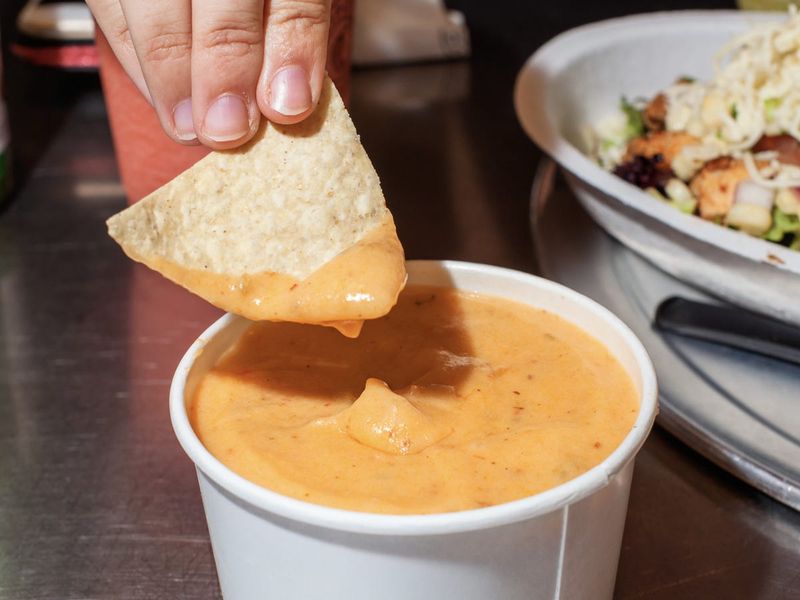
Customers begged Chipotle for years to add queso to their menu. When the chain finally delivered in 2017, the reception was overwhelmingly negative. The cheese sauce had an unusual grainy texture and artificial taste that disappointed longtime fans.
Chipotle’s commitment to natural ingredients created the problem. Without artificial thickeners and preservatives that other chains used, their queso separated and developed an unappetizing consistency that looked unnatural.
The company spent months reformulating the recipe, but damage was already done. Social media mockery and customer complaints tarnished what should have been a triumphant menu addition. Chipotle learned that sometimes customer demands don’t align with brand values, creating impossible situations.
15. KFC Double Down Dog
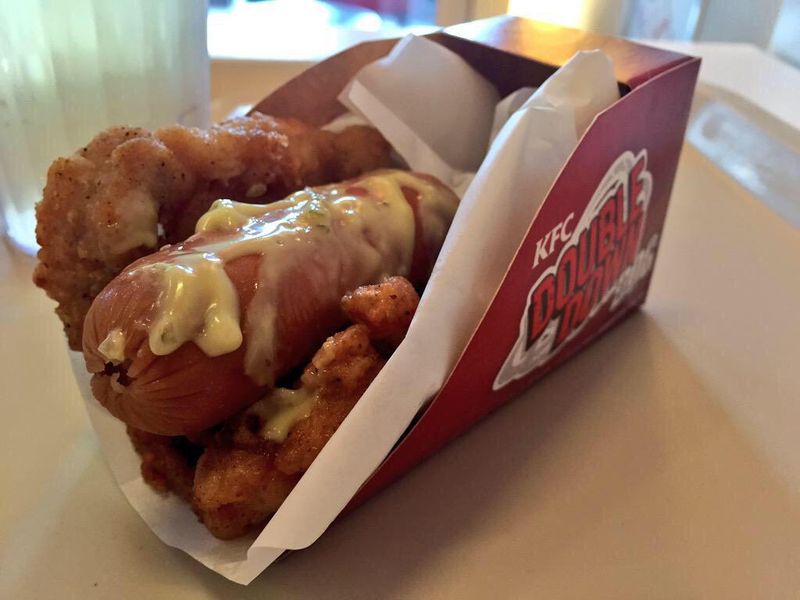
Following the Double Down’s mixed reception, KFC decided to push boundaries further by wrapping a hot dog in fried chicken. This Filipino market exclusive combined American fast food with local preferences for creative protein combinations.
The execution was as bizarre as it sounds – a regular hot dog surrounded by fried chicken pieces and drizzled with cheese sauce. Even by KFC’s standards of unconventional menu items, this creation seemed excessive.
Limited availability meant few people actually tried it, but online reactions were swift and harsh. Food bloggers called it everything from genius to disgusting. KFC quietly discontinued the item, proving that some international experiments should stay international rather than becoming global talking points.
Leave a comment